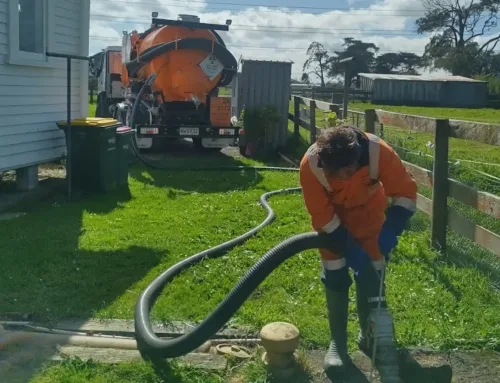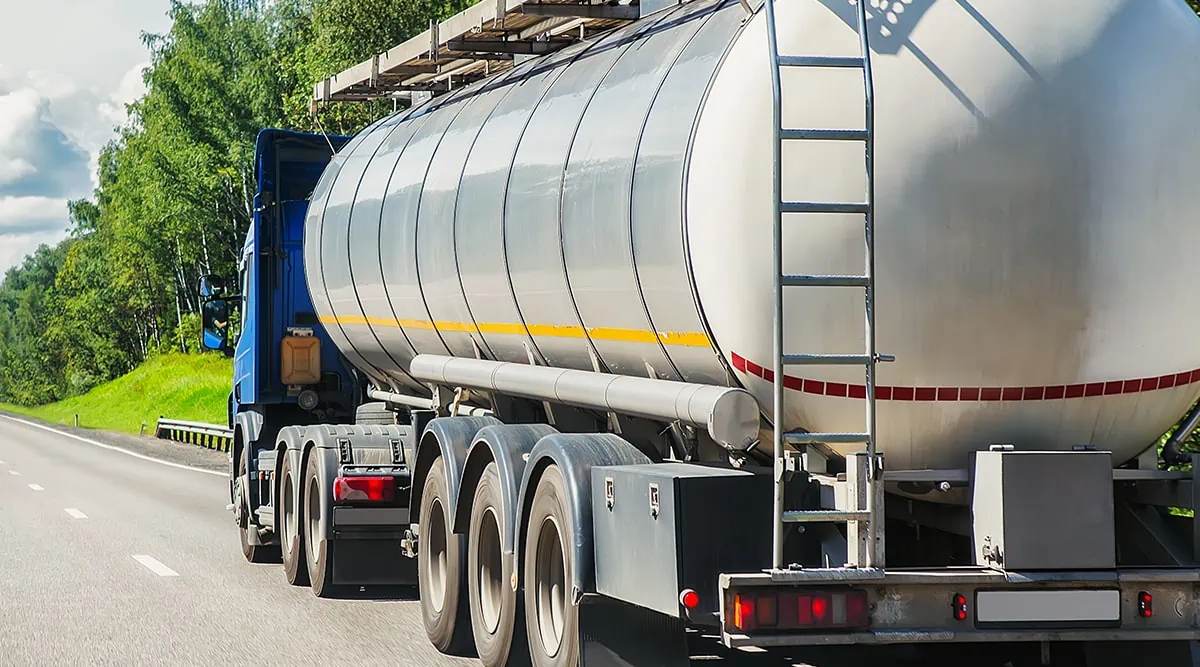9 Simple Techniques For Reclaim Waste
Table of ContentsOur Reclaim Waste DiariesThe Ultimate Guide To Reclaim WasteExcitement About Reclaim WasteThe 45-Second Trick For Reclaim WasteExamine This Report on Reclaim Waste
Domestic sewer waste refers to the waste and products from a household septic tank. The correct administration and disposal of domestic sewage waste call for liquid waste to be transferred to a sewage therapy plant where the proper techniques and tools are applied to cleanse and dispose of waste.
Industrial waste usually includes prospective risks, such as flammable products or a combination of liquid and strong waste items, and calls for an extra advanced and thorough disposal procedure. The disposal of industrial waste generally includes the purification of waste before transportation to make sure risk-free and proper disposal. Industrial waste is produced from by-products and overflow of commercial procedures and manufacturing.
This kind of waste can not utilize the same sewer management transportation or procedures as septic or business fluids. The commercial waste management process requires the evaluation and screening of liquid waste prior to it undergoes the disposal process (liquid waste disposal melbourne). Overflow waste is the fluid waste that originates from overflow and excess stormwater in highly populated areas or cities
Overflow waste can trigger contamination and flooding if not handled correctly. Ensuring proper waste monitoring can avoid disasters and decrease environmental damage.
The 15-Second Trick For Reclaim Waste
Call PROS Services today to discover our waste monitoring and disposal services and the proper methods to look after the liquid waste you create.
(https://businesslistingplus.com/profile/reclaimwaste1/)Do you know what happens to your water when you end, purge the bathroom or drain the cleaning device? No? Well, it's worth understanding. This so-called 'wastewater' is not only a vital source but, after therapy, will certainly be launched to our land, rivers or the ocean. Made use of water from commodes, showers, baths, cooking area sinks, laundries and commercial processes is referred to as wastewater.

water made use of to cool equipment or tidy plant and tools). Stormwater, a form of wastewater, is drainage that streams from agricultural and city areas such as roofs, parks, gardens, roadways, paths and rain gutters right into stormwater drains pipes, after rain. Stormwater streams neglected straight to local creeks or rivers, eventually reaching the ocean.
Reclaim Waste - An Overview
In Queensland, most wastewater is treated at sewage treatment plants. Wastewater is moved from residential or commercial sites through a system of sewers and pump stations, known as sewage reticulation, to a sewer therapy plant. City governments develop, preserve and run most sewer therapy plants. Operators are accredited under the Environmental Management Act 1994 to discharge treated wastewater at an acceptable environmental standard right into rivers.
The Division of Natural Resources recommends local governments about handling, operating and preserving sewerage systems and therapy plants. In unsewered locations, regional governments may require owners to set up specific or household sewer therapy systems to treat residential wastewater from bathrooms, kitchens, restrooms and laundries. The Division of Natural Resources authorises making use of house systems when they are confirmed to be efficient.
A lot of stormwater receives no therapy. In some new subdivisions, treatment of some stormwater to eliminate clutter, sand and crushed rock has started navigate to these guys utilizing gross toxin catches. Wastewater treatment occurs in four phases: Eliminates strong matter. Larger solids, such as plastics and various other objects wrongly released to sewers, are removed when wastewater is travelled through screens.
Uses small living microorganisms recognizes as micro-organisms to damage down and eliminate remaining liquified wastes and fine particles. Micro-organisms and wastes are incorporated in the sludge.
The 8-Minute Rule for Reclaim Waste
Nutrient removal is not available at all sewer treatment plants since it calls for pricey specialized devices. Clear fluid effluent created after treatment might still include disease-causing micro-organisms - liquid waste disposal melbourne.

Most wastewater moves into the sewage system. Under the Act, local governments carry out approvals and permits for environmentally relevant activities (Periods) including wastewater releases that could have a local influence.
Fascination About Reclaim Waste
Monitoring offers accurate information about water high quality and can validate that permit problems are being met. The information obtained via surveillance supplies the basis for making water high quality decisions.